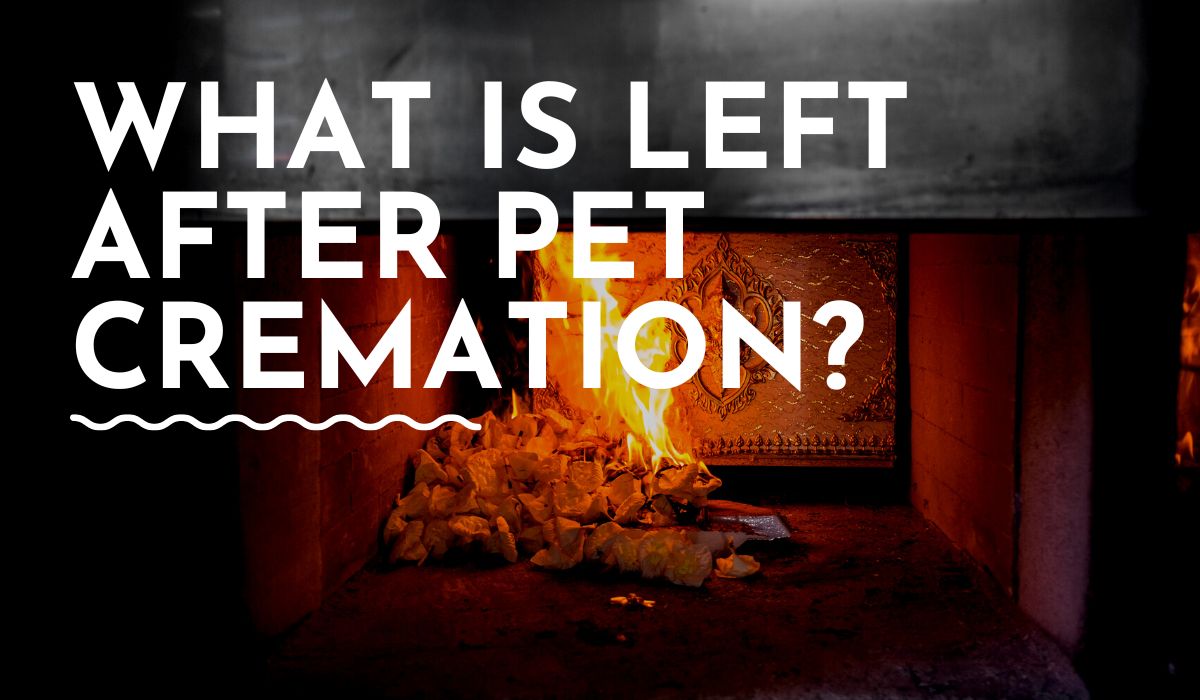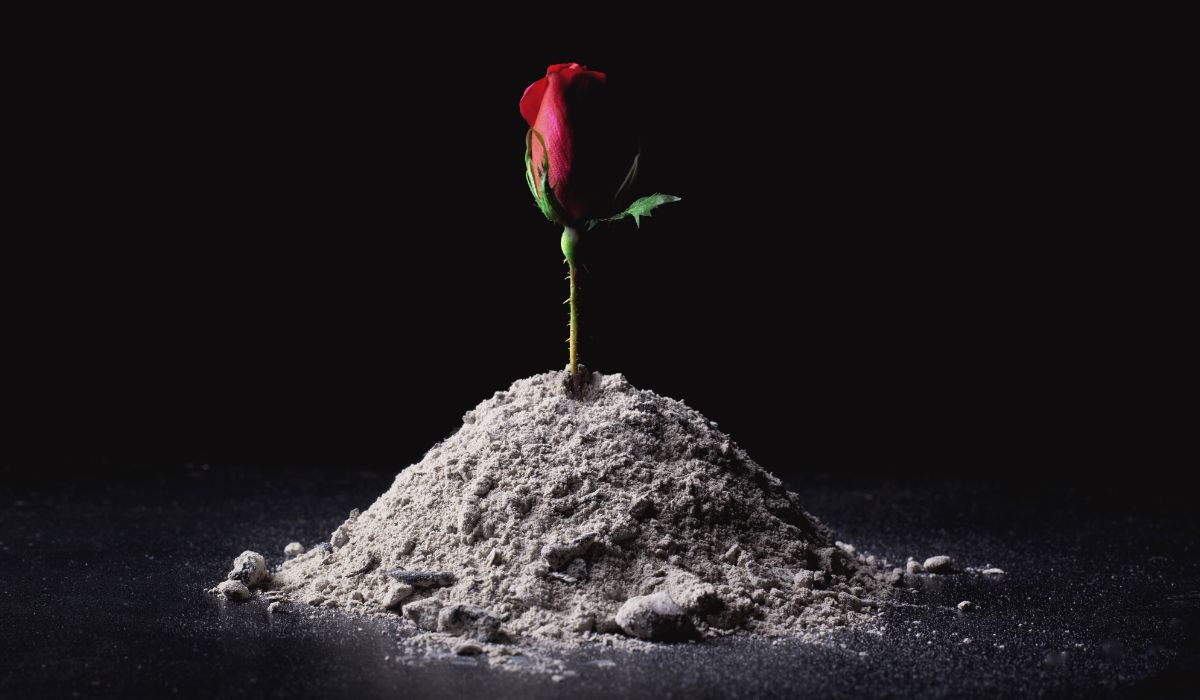When a beloved pet passes away, many pet owners find solace in choosing cremation as a way to keep a part of their furry friend close to their heart.
Cremation is a process that involves transforming the pet’s body into bone fragments through careful heating in a specialized facility.
After the body cools, the bone fragments are finely ground into a soft powder known as “ashes,” which is then returned to the owner to serve as a tangible connection to the memories shared with their beloved companion.
In this article, we will explain the pet cremation process and shed light on the brief journey a pet’s remains undergo between cremation and being returned to their owner.
This can hopefully provide comfort and insight into the common practice that holds deep emotional significance for many pet owners.

What is Pet Cremation?
Cremation is the process of a deceased pet’s remains being reduced to bone fragments through intense heat.
Once your pet’s remains are taken to the crematorium, they will be placed in a specialized cremation chamber that reaches high temperatures, typically between 1400 and 1800 degrees Fahrenheit.
The cremation process can take 4 to 12 hours, depending on the pet’s size and the crematorium’s efficiency.
After cremation, the pet’s remains are allowed to cool down for a duration similar to the burning process to ensure safe handling.
The cremains are then processed into a fine powder resembling ashes and returned to the pet owner in an urn or container.
This practice offers a way for pet owners to respectfully handle their pet’s remains after passing.
Cremation is also a more environmentally friendly option than burial, as it does not involve the use of chemicals or the need for a burial plot.
It can also provide a sense of closure and comfort for pet owners, as they can keep their pet’s ashes close by or scatter them in a special location.
Types of Pet Cremation
Individual Cremation
Individual cremation means that your pet will be cremated alone, and you will receive only your pet’s ashes.
This is a popular option for pet owners who want to keep their pet’s ashes as a remembrance.
The ashes can be scattered, buried, or kept in an urn or other container.
However, due to the service provider’s resource usage, individual cremation can be more expensive.
Communal Cremation
Communal cremation is a more affordable option than individual cremation and involves several pets being cremated together.
With this type of cremation, the ashes are not separated, so the pet owner won’t be receiving any ashes back, but they are disposed of respectfully by the service provider.
What is Left After Pet Cremation?

When you choose to have your pet cremated, you may wonder what exactly is left behind after the process.
Here’s what you can expect:
The end result of pet cremation is typically a fine, dust-like texture called cremains.
Cremains are made up of bone fragments left behind after the cremation process.
These bone fragments are then pulverized into a fine powder to create the cremains that are returned to you.
The cremains you receive will likely have a white or gray color with a very fine gravel texture.
Some cremation facilities also offer the option of placing the cremains in an urn or other container for safekeeping.
It’s important to note that the amount of cremains you receive will depend on the size of your pet.
Larger pets will naturally have more bone fragments left behind after cremation, resulting in a larger amount of cremains.
Additionally, some pet cremation facilities may offer additional services such as paw print impressions or fur clippings.
These items can serve as a meaningful keepsake to remember your beloved pet.
Options for Pet Remains
When you choose to have your pet cremated, you are left with a few options for what to do with their remains.
Here are three common options pet owners choose to do with their beloved companion’s remains:
Scattering
Scattering your pet’s ashes in a special place, such as a favorite park or hiking trail, can be a meaningful way to say goodbye to your beloved companion.
Additionally, if your pet enjoyed spending time in the garden, and you still want to keep them near, you can certainly scatter their remains closer to home and ensure their spirit is always next to you.
Burying
Burying your pet’s ashes can provide a sense of closure and give you a place to visit and remember them.
You can bury the ashes in a cemetery or pet memorial park, or you can bury them in your own backyard or garden.
If you choose to bury the ashes in your backyard, check local regulations and consider using a biodegradable urn or container to ensure you are not committing some form of soil contamination.
Memorialization
Displaying your pet’s ashes in an urn or memorial box in your home, or having them turned into a piece of jewelry or art is another common way many people choose to honor their departed friend’s life.
For this reason, some crematoriums offer unique urns, keepsakes and jewelry options to remember your pet in a special way.
Ultimately, the decision of what to do with your pet’s remains is a personal one. Choose the option that feels right for you and your family, and that honors your pet’s memory in a way that feels meaningful.